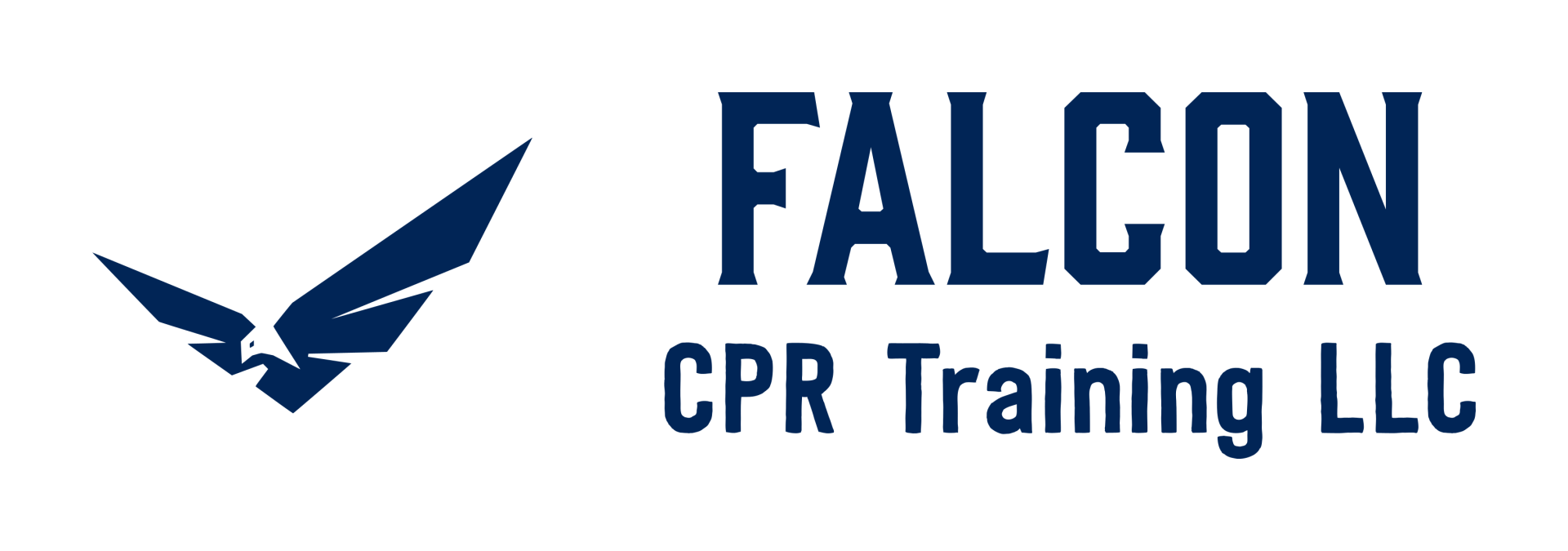Ensuring Workplace Safety with AEDs: Navigating OSHA's Guidelines

In the realm of workplace safety, preparedness is key, especially when it comes to life-threatening emergencies. One critical aspect of this preparedness is the presence and proper maintenance of Automated External Defibrillators (AEDs) in the workplace. The Occupational Safety and Health Administration (OSHA) offers invaluable recommendations for incorporating AEDs into your workplace safety program, emphasizing their potential to save lives during sudden cardiac arrest incidents.
Understanding AEDs
An AED is a portable, life-saving device designed to treat people experiencing sudden cardiac arrest, a medical condition in which the heart stops beating unexpectedly. AEDs are engineered to be user-friendly, allowing untrained bystanders to provide prompt and effective emergency care.
OSHA's Recommendations on AEDs
While OSHA does not mandate the inclusion of AEDs in every workplace, it strongly recommends their presence as part of a well-rounded safety and health program. Here are some key guidelines from OSHA regarding AEDs in the workplace:
OSHA's Perspective on AEDs in High-Risk Industries
OSHA advocates for the strategic presence of AEDs in various industries deemed at higher risk for incidents of sudden cardiac arrest. These sectors include:
- Construction Sites.
- Manufacturing Facilities.
- Healthcare Settings and Health Clubs.
- Dental Offices
In these environments, OSHA recommends that employers consider the integration of AEDs into their safety protocols to enhance emergency responsiveness.
Accessibility and Visibility
AEDs should be easily accessible and located in areas where they can be retrieved swiftly during an emergency. Time is of the essence in cardiac emergencies, and quick access to an AED can significantly impact the survival rate.
Regular Maintenance
Just as any safety equipment, AEDs require regular maintenance and inspections. Ensure that your AEDs are checked periodically for readiness, with battery and electrode pad expiration dates closely monitored and adhered to.
Training and Awareness
While AEDs are designed to be used by anyone, training employees on how to use them can save precious time and increase comfort levels in emergency situations. OSHA suggests that workplaces consider providing AED training as a component of their first aid training programs.
Integration with Emergency Response Plans
Having an AED is one part of the equation; knowing how to integrate its use into your emergency response plan is another. Employees should be aware of their roles during an emergency, including who is trained to use the AED and the steps to follow until professional medical help arrives.
Post-Event Reporting
After an AED is used, it's important to report the incident and evaluate the response. This can provide valuable insights for improving future emergency responses and updating training protocols.
The Impact of AEDs in the Workplace
The inclusion of AEDs in the workplace is not just about compliance or ticking a box; it's about fostering a culture of safety and preparedness. By following OSHA's recommendations, businesses can create an environment where employees feel valued and protected, knowing that measures are in place to respond effectively to life-threatening situations.
In conclusion, the presence of AEDs in the workplace, combined with proper training and maintenance, can make a significant difference in emergency preparedness. By adhering to OSHA's guidelines, employers can ensure that they are doing their utmost to safeguard the health and well-being of their employees, ultimately creating a safer and more resilient workplace.
For those looking to implement or enhance their workplace's AED program, Falcon CPR Training offers comprehensive training and resources to help businesses meet these crucial safety standards. With Falcon CPR Training by your side, you can enhance your emergency preparedness, ensuring that your employees are equipped with the crucial skills and resources to handle life-threatening situations. Reach out to Falcon CPR Training today to fortify your organization's commitment to safety and well-being.




Business Hours
- Mon - Fri
- -
- Saturday
- -
- Sunday
- Closed
If you need to contact us after hours please send us an email. We will reply promptly.

